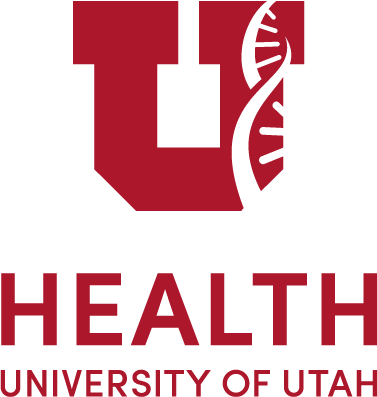Community Co-Creation
Building a Shared Future in West Valley
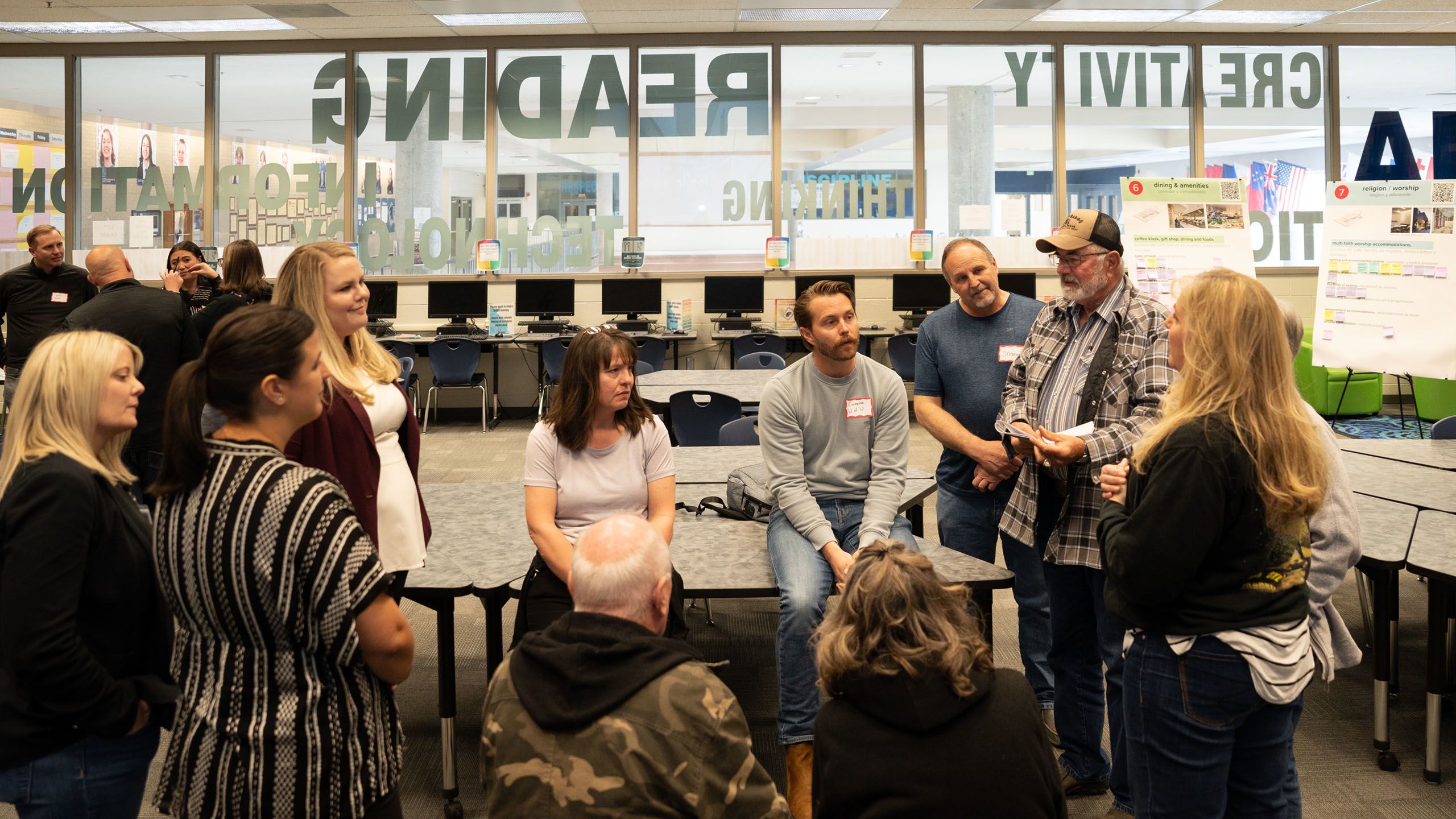
“What does the community think?”
It’s an important question and, quite honestly, a relatively new one for us. In the past, all too often, we would approach perceived problems in the community with preconceived solutions. Now, we’re learning. As we embark on a new partnership with West Valley City, we’re asking this question at every step.
This project is different than anything we’ve done before. We’re excited to provide convenient access to high-quality health care and educational pathways and opportunities in West Valley. At the same time, we recognize that new developments have a profound impact on the community in which they’re located, and large institutions can often disrupt the areas they mean to improve. As a university and a health care system, we’re no exception to this. U West Valley is our opportunity to do things right.
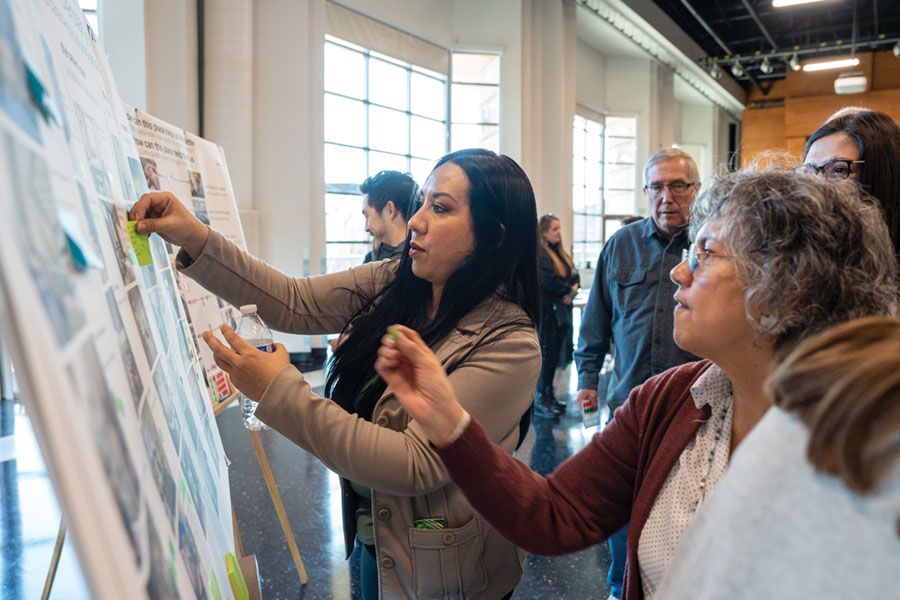
At West Valley Cultural Celebration Center, Westside community members Dora Ramirez (top left, in front) and Mona Guet (bottom) provide input on architectural design features of U West Valley to ensure it’s a safe, welcoming, and healing space for all who enter. Many of their suggestions—including signage in multiple languages, dedicated spaces for community gathering, culturally responsive food choices, and murals by local artists—are being considered.
At West Valley Cultural Celebration Center, Westside community members Dora Ramirez (top left, in front) and Mona Guet (bottom) provide input on architectural design features of U West Valley to ensure it’s a safe, welcoming, and healing space for all who enter. Many of their suggestions—including signage in multiple languages, dedicated spaces for community gathering, culturally responsive food choices, and murals by local artists—are being considered.
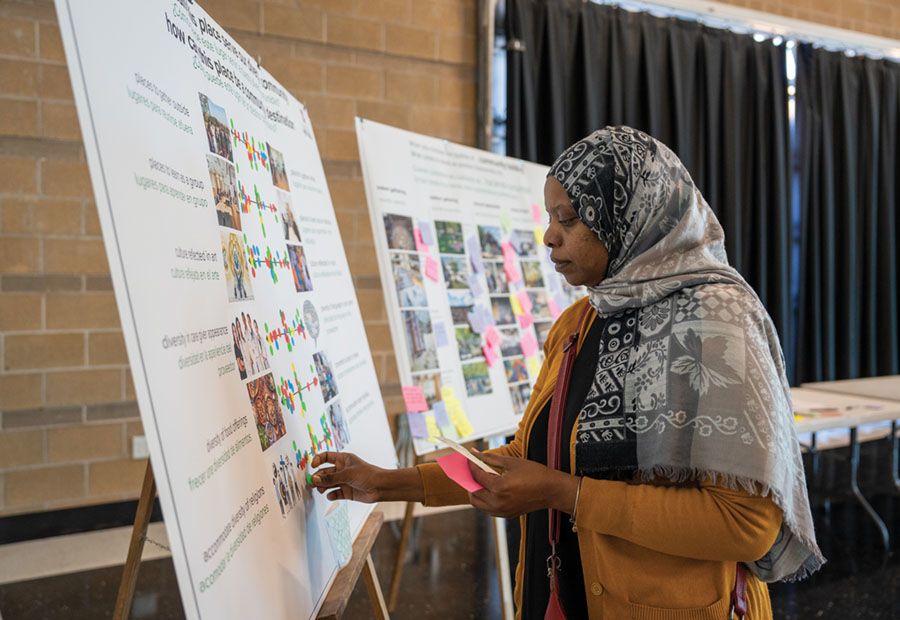
Co-designing with the community means turning to the real experts: West Valley residents and community leaders. They’re the ones who best understand Utah’s second largest city—a thriving and diverse place where 30% of residents speak a language other than English at home and 17% are foreign-born.
Our first lesson came during initial focus groups with West Valley residents. Our original plans for the project only included a health center. West Valley community members soon pointed out a broader set of priorities, including education, non-displacement, and meaningful access to housing, health care, and career opportunities.
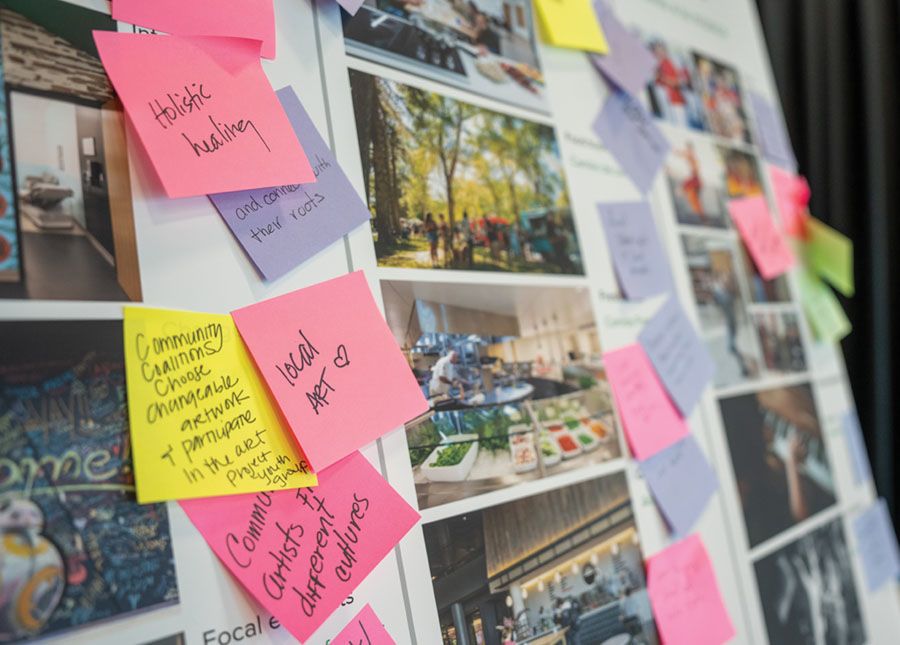
Regular information-gathering sessions allow participants to share their preferences on various elements of U West Valley. All meetings, presentations, and materials are offered in English and Spanish to provide equal access to information.
Regular information-gathering sessions allow participants to share their preferences on various elements of U West Valley. All meetings, presentations, and materials are offered in English and Spanish to provide equal access to information.
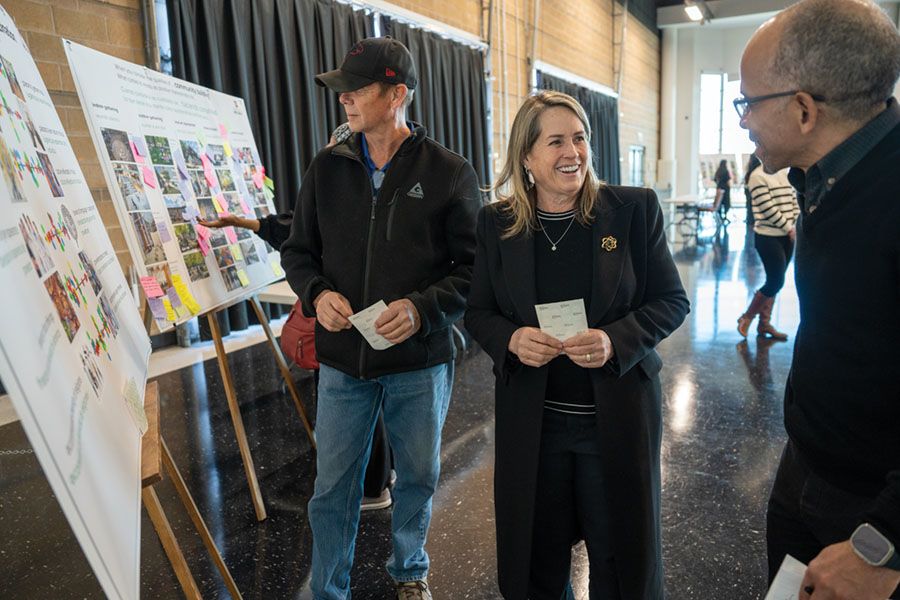
West Valley City Mayor Karen Lang (center) and her husband Brian Lang (left) speak with Jose Sama (right), an architect from NBBJ, the architectural and design firm helping to lead U West Valley’s development.
West Valley City Mayor Karen Lang (center) and her husband Brian Lang (left) speak with Jose Sama (right), an architect from NBBJ, the architectural and design firm helping to lead U West Valley’s development.
Guided by the community, we expanded our vision for U West Valley to address the historical lack of investment by systems like ours in health care, education, and workforce pathways. According to state data, residents in Westside neighborhoods of Salt Lake Valley live 10 years less than those residing on the Eastside. The committee recommended improving access to secondary education, health insurance, and culturally responsive health care.
We aren’t here to fix problems but to support solutions. West Valley resident experts have helped us re-evaluate our community partnerships and be candid about how our systems have failed to show up in the past. Now, we can more fully show up in the future. This critical first step in building trust with our collaborators has allowed us to engage architects, project leadership, innovative thinkers, and community members in meaningful discussions about the design of U West Valley.
We’re excited to continue asking, “What does the community think?”, listening intently, and designing a campus where all residents of West Valley can see themselves.
Story: Nafisa Masud
Photography: Jen Pilgreen
August 11, 2023
